#i actually forgot my mpv shortcuts
Explore tagged Tumblr posts
Text

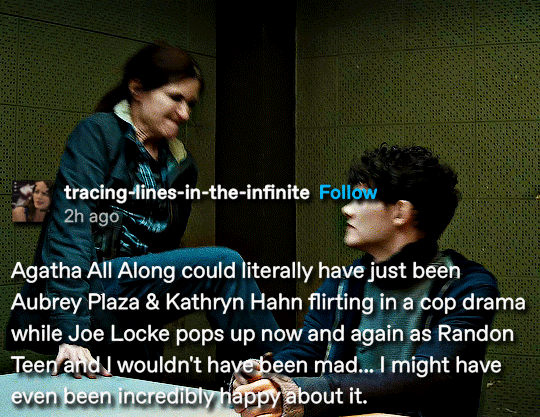
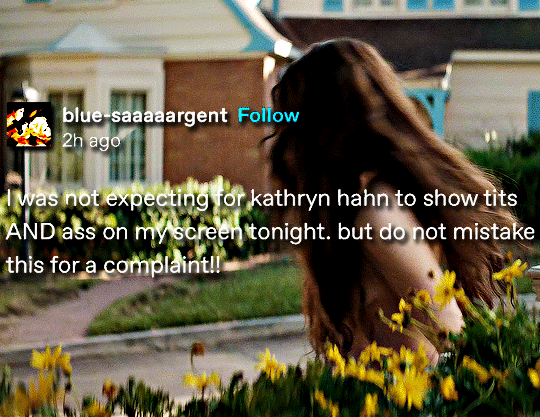
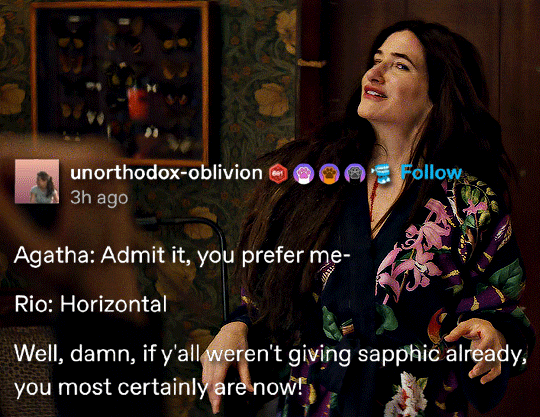

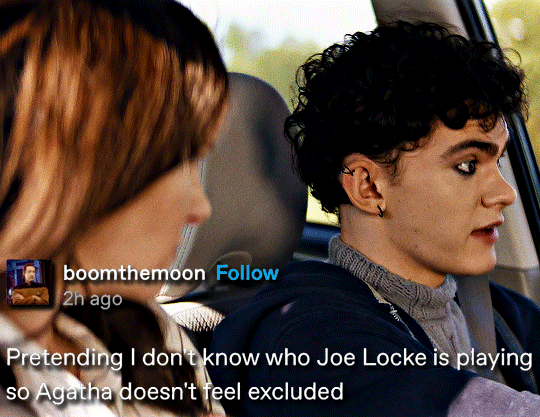

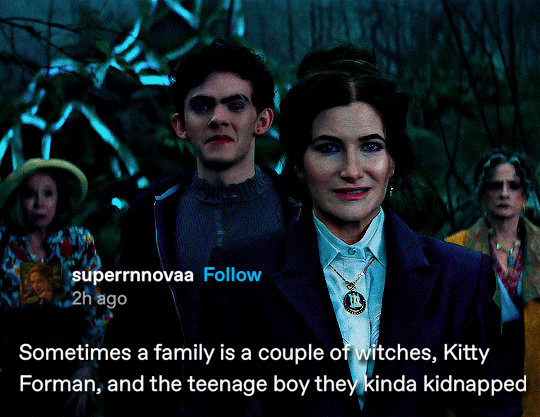
AGATHA ALL ALONG | 1.01 & 1.02 + TUMBLR REACTIONS
#agatha all along#mcuedit#marveledit#chewieblog#cinemapix#dailyflicks#dixonscarol#filmtvcentral#televisiongifs#tuserlucie#tuserlyn#tvedit#underbetelgeuse#useraimz#userbarrow#userbbelcher#userdiana#userelio#userrlaura#usersugar#*edits#mcu#marvel#agatha all along spoilers#i haven't giffed for so long#i actually forgot my mpv shortcuts#and kinda forgot how to color >.<#scheduled post
8K notes
·
View notes
Text
The Risky Business of Skirting Trademarks (re-publish)
Due to shutdown of Pretend Race Cars blog (since the admin, under the pen name “James”, although the sim racing community knows who’s him), where I originally submitted this, I’ve archived one of my reader submissions here. This post was originally published on April 6, 2016, at the height of Automobilista F1 livery controversy that led the game being delisted from Steam for a while. Unfortunately, I am unable to restore any of the pictures, although every pictures there are just taken from the interwebs.
James’ thoughts are in italics. (except for italicizing of game titles) My commentary/fixes are in [italics in brackets].
A snapshot of the original is here.
As the debacle surrounding Reiza Studios and their battle with Formula One Management continues into its second week – with Automobilista still failing to appear on the Steam marketplace – avid PRC.net reader FMecha has sent in a beautiful Reader Submission chronicling the long list of copyright claims across various driving games. A great entry that is well worth your time to read on this otherwise quiet Friday afternoon, the piece goes to show that Reiza Studios weren’t the first developer team to run afoul of copyright technicalities, and they certainly won’t be the last.
Hello PRC! I would like to discuss the issue and examples of skirting trademarks in racing games, in light of a recent controversy – what allegedly forced Steam to de-list Automobilista.
Dodging, evading, or skirting trademarks – whatever you want to call it – just like the alleged reason behind the de-listing of Reiza Studios’ Automobilista is nothing new. Other racing game developers, just like Reiza, when they are unable to afford license(s) for something they want to represent in their racing games, may chose to take shortcut and attempt to thinly disguise it. There are three types of skirting trademarks I have witnessed in racing games:
The first kind involved deliberate misspelling of trademarks, like it was a counterfeit brand or something. This was prevalent in Japanese racing games around the 80’s and the 90’s. [Supposedly because Japan at the time do not really protect trademarks.] Examples of games using this technique include Video System’s (best known for the Aero Fighters arcade shmup series) Tail to Nose (based on the 1988 F1 season and also known as Super Formula in Japan), and Visco’s Drift Out. Of note, both games had sequels with licensed vehicles – Video System would later create licensed F1 games based on early and late 90s seasons, while Visco’s Drift Out was followed with Drift Out ’94: The Hard Order, that had licenses for all manufacturers (except Ford) and Neo Drift Out, the best known of all three due to the fact it was one of few racing games for the Neo-Geo platform and had licenses for all three Japanese WRC racers featured in the game.
This method was not free of repercussions. Tobacco giant Phillip Morris sued Sega because of the “Marlbobo” logos in early revisions of the arcade version of Super Monaco GP, primarily on grounds it was seen as marketing cigarettes to the youth. Sega was forced to issue a revised version of the game with many of the fake “sponsors” edited out; the title screen, which featured a Marlboro-sponsored McLaren car and a partially visible Marlboro ad, had to be edited as well.
The second method involved changing everything that belongs to the original cars (usually race car sponsors) with something original, and invented by the developer, while keeping the livery intact – this is usually done only on the race cars. This tactic was probably as closest I can to describe what Reiza did; apart from that, a small, obscure developer, Prism Arts, released two arcade rally racers, Rally de Africa and Rally de Europe, both for PlayStation and only in Japan. Both games featured various rally cars that have the body and the livery of the original cars, but all sponsor decals have been changed to those invented by the developer. (For example, the Diac logos on the Renault Megane Maxi were changed to Juno, etc). A similar act was done in Grand Prix Legends, after Sierra/Papyrus’ inability to secure Honda and Cooper licenses forced them to thinly disguise both teams as Murasama and Conventry, respectively.
I don’t know if this belongs to the first or the second method I described, but BATracer did something similar after the debacle with Ferrari that lead to the birth of Team Wales; every other manufacturer and team names were changed, most of them were play of the name of the originals. For instance, McLaren became McLewis, Red Bull became Red Bell, Toro Rosso became Roro Torso, Lotus became Sotul, etc.
Japanese racing games that deal with JDM cars, such as Shutokou Battle (Tokyo Xtreme Racer) series, play it differently. Most of them opt to just put the chassis codes of the car directly in their games, since every car nerd – their target audience – practically knew them and under assumption that those are not trademarked. AE86, BNR34, NA1, CE9A, GC8, FD3S, JZA80, EK9, S14, you name it. The risks were displayed when Crave, the company that localized the PS2 Shutokou Battle/Tokyo Xtreme Racer series (Genki developed them), was asked by Honda – a manufacturer that [at the time] has a flip-flopping stance against street racing (they were absent in Tokyo Xtreme Racer 3/Shutokou Battle 01, the first game in the series with licensed cars – as well in the Wangan Midnight Maximum Tune series, yet appearing in Need for Speed Underground games, as well as the latest NFS title [NFS 2015], albeit late in the development) to rename their cars’ chassis codes to something unrecognizable, as well as redrawing the front box art of the game (recycled from TXR2 for Dreamcast; fitting since TXR0 is retelling of TXR2’s story) so that one of cover cars’ front fascia resembled the NSX less. (Unfortunately, not only the disc art went unchanged, they left a Honda chassis code unchanged: RF2, for Honda Stepwgn, a Japan-only MPV. Yes, you can play as an MPV in TXR0).
Yes, I mentioned lots of obscure racing games and yes, thinly disguising things when a developer doesn’t have the license is nothing new, and a carries a high legal risk.
A great write-up, and I can’t say I have much more to add. Any time a developer tries to interpret copyright laws in their own way, it turns into a giant game of roulette. Either they get away with it and it becomes a part of the game’s lore – as seen with Tokyo Xtreme Racer – or it gets a developer in deep shit, which is what most likely happened to Reiza Studios.
Retrospective Commentary
I forgot to mention one method of trademark skirting (or actually, one variation of the method) when road cars are involved: developers would take a car exactly it is and slap a made-up name on it. That’s what happened when the Honda chassis codes got renamed in TXR0, actually. Many cheaply developed racing games on Steam and mobile platforms go this route (as well as many Chinese developed arcade racing games). Look at the incident where the Mercedes Vision GT sneaks into to Dubai Drift.
Something to note, several months/years after I wrote this, Honda officially joined Wangan Midnight Maximum Tune’s car list in 5DX+ along with Lamborghini, although their appearance is currently restricted to NSX old and new.
Also in the end, Automobilista ended up recoloring some of the F1 cars (the not-McLarens now wear the Madonna colors from Super Monaco GP, probably since Brazilians love that game, for instance). And it’s actually easy to go back to old liveries... provided you keep backup of old liveries, or knew someone who uploads it.
Maybe next I can make a rogue’s gallery of those trademark skirtings...
1 note
·
View note